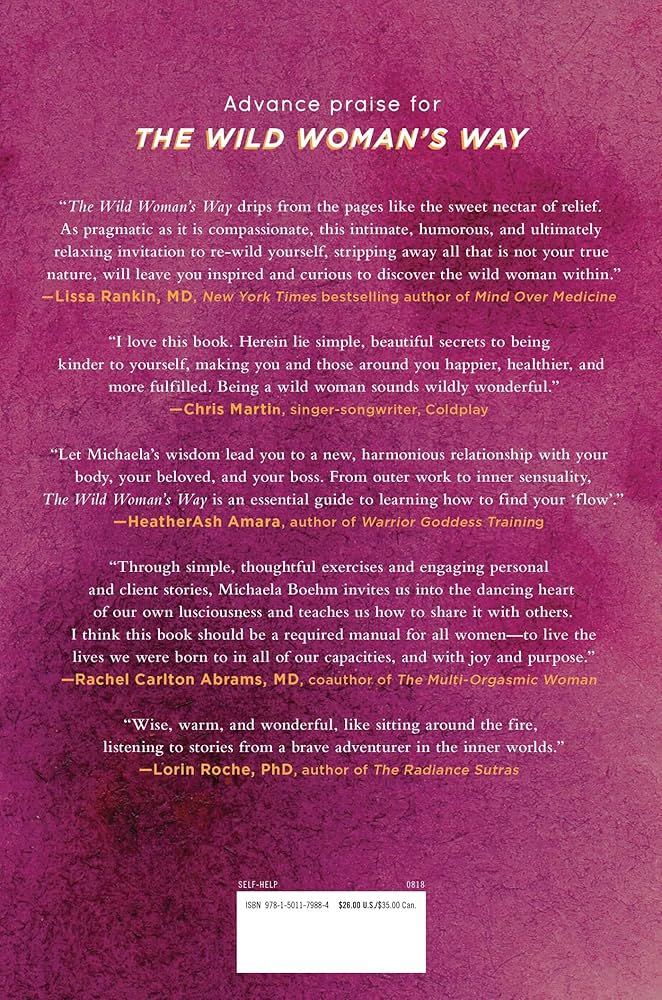So, I wanted to share a bit about this one project I tackled a while back. It was a real beast, let me tell you. For the sake of this story, let’s just say the working title, or what I ended up calling it in my head, was the “Germany Girls” project. Not because of anything literal, you understand, but because it felt like trying to understand some intricate, old-world clockwork mechanism – beautiful, complex, and a bit baffling at first glance. It was a personal challenge I set for myself, to really push my skills in data interpretation and, well, sheer persistence.

I dove right in, you know, full of enthusiasm. My first step was to gather all the raw data I could find for this theme. I thought, “Okay, I’ll just apply my usual methods, clean it up, find the patterns, and boom, insights!” Oh boy, was I wrong. It was like untangling a giant bowl of spaghetti that had been left in the sun. The information was scattered, the formats were all over the place, and there were so many inconsistencies. I spent a good week, maybe more, just trying to make sense of the initial pile. Honestly, I was getting nowhere fast, just staring at spreadsheets and feeling my brain turn to mush.
My initial plan was to create this really comprehensive visualization. I started sketching out ideas, trying to map relationships. But every time I tried to build a small part of it, the foundation just crumbled. The data wouldn’t cooperate. It was frustrating, to say the least. I almost gave up a couple of times. I remember thinking, “Maybe this is just too complicated for one person to handle as a side project.” My desk was covered in scribbled notes, empty coffee mugs, the whole nine yards.
Then, I decided to change my approach completely. I had to. Instead of trying to boil the ocean, I told myself to focus on just one tiny aspect. The smallest, most manageable piece I could find. It was a bit like saying, “Okay, forget the whole clock, let’s just understand how this one tiny gear works.” So, I picked one specific dataset within the larger theme, something that looked even remotely coherent, and just started there.
The process was slow. Painfully slow. I’d isolate a variable, run some tests, compare it with another, and most of the time, it would lead to a dead end or more questions. I had to teach myself a couple of new software tools on the fly because my usual ones weren’t cutting it for this particular type of data. There were days I’d work for hours and feel like I’d only moved an inch. My dog probably thought I’d taken up a new hobby of muttering to my computer screen.
But then, little by little, things started to click. Not in a big “Eureka!” moment, but more like a series of tiny “aha’s.” I managed to clean up one section. Then I found a small, interesting correlation in another. I built a tiny piece of the visualization, and it actually worked! It wasn’t the grand vision I started with, not by a long shot, but it was something. It was progress.

In the end, I didn’t complete the massive, all-encompassing project I first imagined. The “Germany Girls” mechanism, in its entirety, remained largely a mystery. But I did create a few smaller, focused pieces that I was actually quite proud of. And more importantly, the whole experience was a huge learning curve. I learned the importance of breaking down overwhelming tasks. I learned that sometimes the most valuable lessons come from the things that don’t go according to plan. And I learned that persistence, even when you feel like you’re wading through treacle, really does pay off in small, satisfying ways. That’s why I’m sharing this, I guess. Because sometimes the journey, especially the tough parts, is where the real practice and growth happen.
